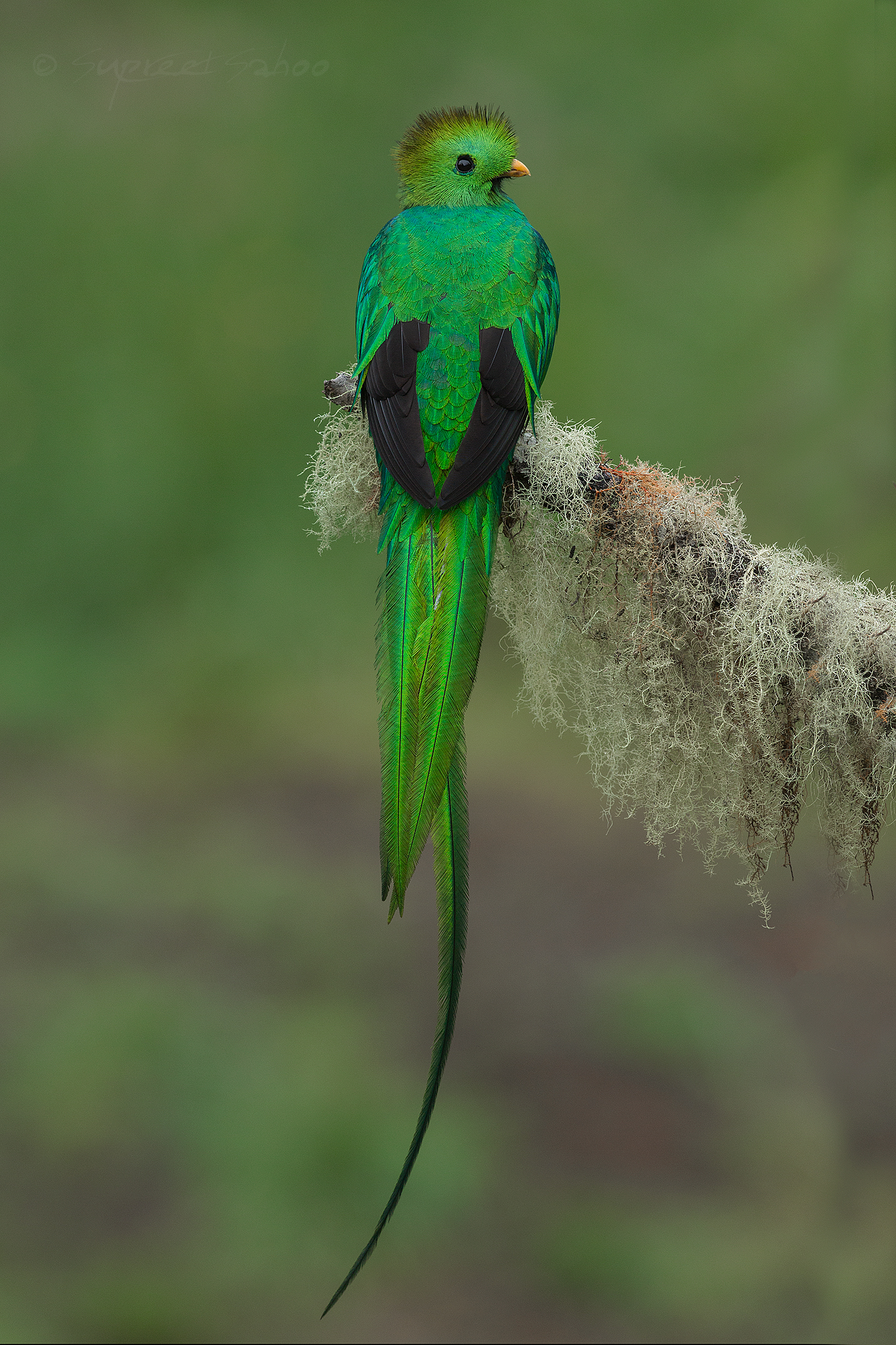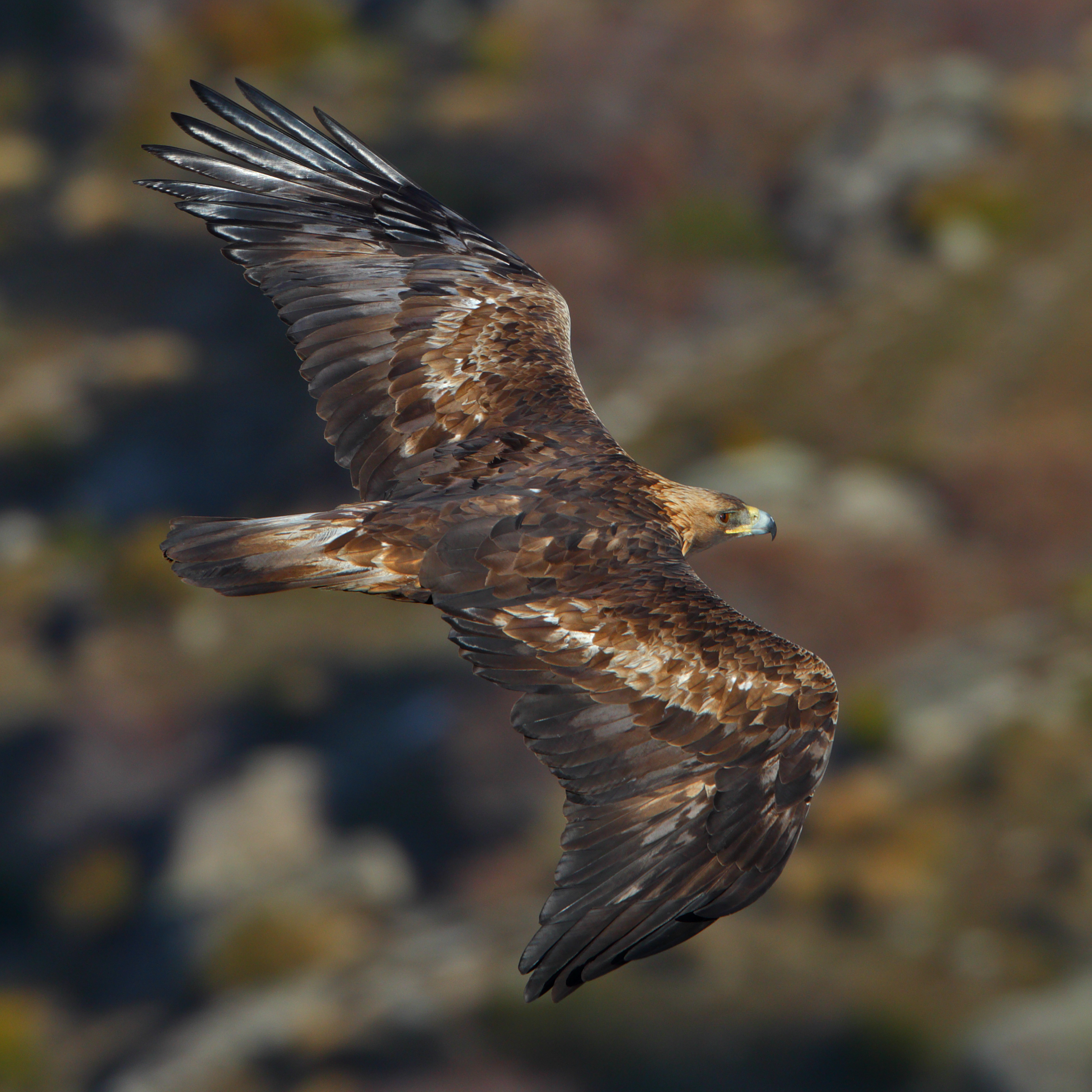|
Quetzal
Quetzals () are strikingly colored birds in the trogon family. They are found in forests, especially in humid highlands, with the five species from the genus ''Pharomachrus'' being exclusively Neotropical, while a single species, the eared quetzal, ''Euptilotis neoxenus'', is found in Guatemala, sometimes in Mexico and very locally in the southernmost United States. In the highlands of the states of Sonora, Chihuahua, Sinaloa, Durango, Nayarit, Zacatecas, Jalisco, and Michoacán, the eared quetzal can be found from northwest to west-central Mexico. It is a Mesoamerican indigenous species, but some reports show that it occasionally travels and nests in southeastern Arizona and New Mexico in the United States. June to October is the mating season for eared quetzals. Quetzals are fairly large (all over long), slightly bigger than other trogon species.Restall, R. L., C. Rodner, & M. Lentino (2006). ''Birds of Northern South America.'' Christopher Helm. (vol. 1). (vol. 2).Ridgely, ... [...More Info...] [...Related Items...] OR: [Wikipedia] [Google] [Baidu] |
Resplendent Quetzal
The resplendent quetzal (''Pharomachrus mocinno'') is a small bird found in Central America and southern Mexico that lives in tropical forests, particularly montane cloud forests. They are part of the family Trogonidae and have two recognized subspecies, ''P. m. mocinno'' and ''P. m. costaricensis''. Like other quetzals, the resplendent is mostly omnivorous; its diet mainly consists of fruits of plants in the laurel family, Lauraceae, but it occasionally also preys on insects, lizards, frogs and snails. The species is well known for its colorful and complex plumage that differs substantially between sexes. Males have iridescent green plumes, a red lower breast and belly, black innerwings and a white undertail, whilst females are duller and have a shorter tail. Grey lower breasts, bellies, and bills, along with bronze-green heads are characteristic of females. These birds hollow holes in decaying trees or use ones already made by woodpeckers as a nest site. They are known to t ... [...More Info...] [...Related Items...] OR: [Wikipedia] [Google] [Baidu] |
Guatemala
Guatemala, officially the Republic of Guatemala, is a country in Central America. It is bordered to the north and west by Mexico, to the northeast by Belize, to the east by Honduras, and to the southeast by El Salvador. It is hydrologically bordered to the south by the Pacific Ocean and to the northeast by the Gulf of Honduras. The territory of modern Guatemala hosted the core of the Maya civilization, which extended across Mesoamerica; in the 16th century, most of this was Spanish conquest of Guatemala, conquered by the Spanish and claimed as part of the viceroyalty of New Spain. Guatemala attained independence from Spain and Mexico in 1821. From 1823 to 1841, it was part of the Federal Republic of Central America. For the latter half of the 19th century, Guatemala suffered instability and civil strife. From the early 20th century, it was ruled by a series of dictators backed by the United States. In 1944, authoritarian leader Jorge Ubico was overthrown by a pro-democratic m ... [...More Info...] [...Related Items...] OR: [Wikipedia] [Google] [Baidu] |
Golden-headed Quetzal
The golden-headed quetzal or corequenque (''Pharomachrus auriceps'') is a strikingly coloured bird in the genus '' Pharomachrus''. It is found in moist mid-elevation forests from eastern Panama to northern Bolivia. The golden-headed quetzal is known for its iridescent green colour, which it shares with other quetzals, and its distinctive golden head. The female of the species is less brightly coloured, displaying more brown tones than the male. The golden-headed quetzal's diet consists mainly of fruit, and occasionally insects. It is generally a solitary and quiet bird unless it is breeding season, when the male and female become a monogamous pair and create a cavity nest in an old tree. During breeding season both sexes share brooding and feeding duties for 25–30 days until the chick is ready to fledge. The golden-headed quetzal is fairly common and considered a species of least concern. Taxonomy The golden-headed quetzal, also known by the Spanish name ''pilco real'', was f ... [...More Info...] [...Related Items...] OR: [Wikipedia] [Google] [Baidu] |
Euptilotis
The eared quetzal (''Euptilotis neoxenus''), also known as the eared trogon, is a near passerine bird in the trogon family, Trogonidae. It is native to streamside pine-oak forests and canyons in the Sierra Madre Occidental of Mexico from northern Sonora and Chihuahua south to western Michoacán. The species has occurred on rare occasions in southeastern Arizona, where it has been recorded nesting. Taxonomy The eared quetzal was described and illustrated in 1838 by the English ornithologist and bird artist John Gould in his book ''A Monograph of the Trogonidae, or Family of Trogons'' based on a specimen collected in Mexico. He coined the binomial name ''Trogon neoxenus''. In 1858, in the second edition of his book, Gould placed the species in its own genus ''Euptilotis'' to give the current binomial name ''Euptilotis neoxenus''. The eared quetzal is the only species placed in the genus. The specific epithet combines the Ancient Greek meaning "new" with meaning "stranger", " ... [...More Info...] [...Related Items...] OR: [Wikipedia] [Google] [Baidu] |
Pharomachrus
''Pharomachrus'' is a genus of birds in the family Trogonidae. ''Pharomachrus'' is from Ancient Greek ''pharos'', "mantle", and ''makros'', "long", referring to the wing and tail coverts of the resplendent quetzal (the second ''h'' is unexplained). The five species of this genus and the eared quetzal, the only living member of the genus ''Euptilotis'', together make up a group of colourful birds called quetzals. Species References Pharomachrus, Birds of Central America Bird genera {{Trogoniformes-stub ... [...More Info...] [...Related Items...] OR: [Wikipedia] [Google] [Baidu] |
Trogon
The trogons and quetzals are birds in the order Trogoniformes which contains only one family, the Trogonidae. The family Trogonidae contains 49 species in seven genera. The fossil record of the trogons dates back 49 million years to the Early Eocene. They might constitute a member of the basal radiation of the order Coraciiformes and order Passeriformes or be closely related to mousebirds and owls. The word ''trogon'' is Greek for "nibbling" and refers to the fact that these birds gnaw holes in trees to make their nests. Trogons are residents of tropical forests worldwide. The greatest diversity is in the Neotropics, where four genera, containing 34 species, occur. The genus '' Apaloderma'' contains the three African species. The genera '' Harpactes'' and '' Apalharpactes'', containing twelve species, are found in southeast Asia. They feed on insects and fruit, and their broad bills and weak legs reflect their diet and arboreal habits. Although their flight is fast, they ... [...More Info...] [...Related Items...] OR: [Wikipedia] [Google] [Baidu] |
Maya Peoples
Maya () are an ethnolinguistic group of Indigenous peoples of the Americas, Indigenous peoples of Mesoamerica. The ancient Maya civilization was formed by members of this group, and today's Maya are generally descended from people who lived within that historical region. Today they inhabit southern Mexico, Guatemala, Belize, and westernmost El Salvador, Honduras, and the northernmost Nicaragua. "Maya" is a modern collective term for the peoples of the region; however, the term was not historically used by the Indigenous populations themselves. There was no common sense of identity or political unity among the distinct populations, societies and ethnic groups because they each had their own particular traditions, cultures and historical identity. It is estimated that seven million Maya were living in this area at the start of the 21st century. Guatemala, southern Mexico and the Yucatán Peninsula, Belize, El Salvador, western Honduras, and northern Nicaragua have managed to ma ... [...More Info...] [...Related Items...] OR: [Wikipedia] [Google] [Baidu] |
Chicabnab
Chicabnab is a Q'eqchi' Maya village within the San Juan Chamelco Municipality of the Alta Verapaz Department of Guatemala. Economy The main economy of Chicabnab is ecotourism. Tourists come for guided tours of the surrounding forests, where Quetzal Quetzals () are strikingly colored birds in the trogon family. They are found in forests, especially in humid highlands, with the five species from the genus ''Pharomachrus'' being exclusively Neotropical, while a single species, the eared quet ...s are very common. Transport No roads lead directly into the village, but within a two-hour walk of the village buses can be taken to San Pedro Carchá. References {{Reflist Populated places in the Alta Verapaz Department ... [...More Info...] [...Related Items...] OR: [Wikipedia] [Google] [Baidu] |
Guatemalan Quetzal
The quetzal (; code: GTQ) is the currency of Guatemala, named after the national bird of Guatemala, the resplendent quetzal. In ancient Mayan culture, the quetzal bird's tail feathers were used as currency. It is divided into 100 ''centavos,'' or ''len'' (plural ''lenes'') in Guatemalan slang. The plural is ''quetzales''. History The quetzal was introduced in 1925 during the term of President José María Orellana, whose image appears on the obverse of the one-quetzal bill. It replaced the Guatemalan peso at the rate of 60 pesos = 1 quetzal. Until 1987, the quetzal was pegged to and domestically equal to the United States dollar. The currency was named after the country's famous bird, the Quetzal, which is also on the flag of Guatemala. Coins In 1925, coin A coin is a small object, usually round and flat, used primarily as a medium of exchange or legal tender. They are standardized in weight, and produced in large quantities at a mint in order to facilitate trade. The ... [...More Info...] [...Related Items...] OR: [Wikipedia] [Google] [Baidu] |
National Bird
This is a list of national birds, including official birds of overseas territories and other states described as nations. Most species in the list are officially designated. Some species hold only an "unofficial" status. The column is marked as ''Yes'' only if the bird currently holds the position of the official national bird. Additionally, the list includes birds that were once official but are no longer, as well as birds recognized as national symbols or for other symbolic roles. National birds See also * List of Australian bird emblems * List of Indian state birds * List of U.S. state birds * List of U.S. county birds * List of official city birds * List of national animals References {{DEFAULTSORT:List of National Birds N Birds Birds are a group of warm-blooded vertebrates constituting the class (biology), class Aves (), characterised by feathers, toothless beaked jaws, the Oviparity, laying of Eggshell, hard-shelled eggs, a high Metabolism, ... [...More Info...] [...Related Items...] OR: [Wikipedia] [Google] [Baidu] |



